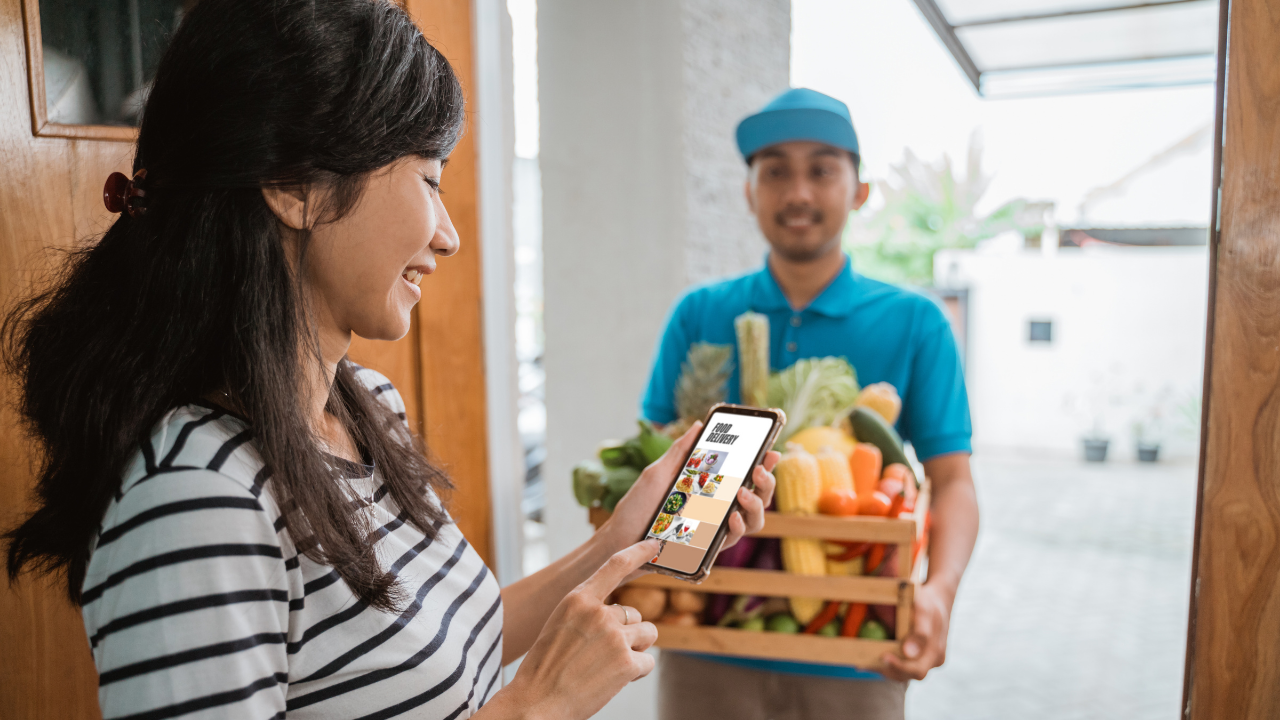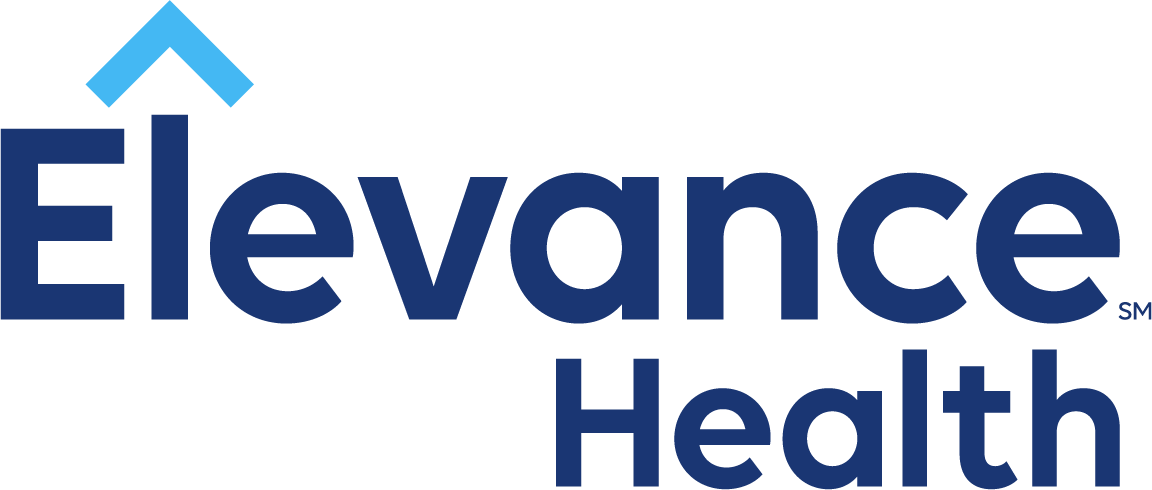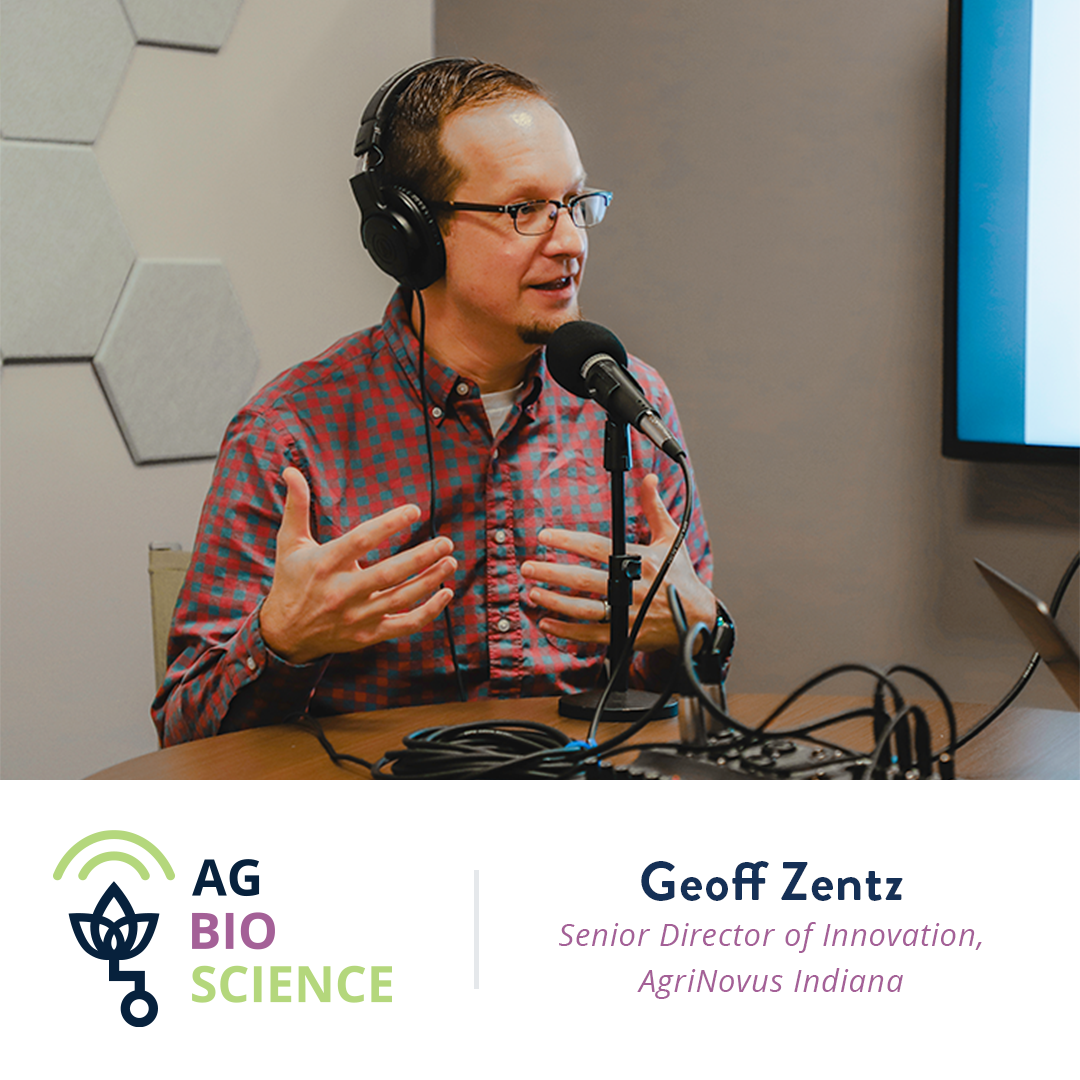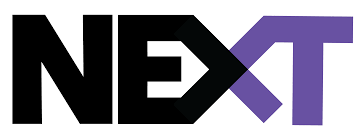HungerTech
Congratulations Anu!
The 2024 HungerTech Challenge tasked innovators with developing market-driven tech models that ensure increased and equitable food distribution that is both environmentally sustainable and economically viable.
Anu, the winning team of this year’s challenge, is a dedicated health and wellness platform committed to growing fresh produce from the comfort of home. Their Rotary Aeroponics technology supports a ‘Nespresso for plants’ business model, offering a recurring seed pod subscription service that sets a standard for nutrition and flavor while also focusing on food safety. Anu has previously received funding from the Purdue University Research Foundation Capital Fund, the National Science Foundation for the development of computer vision AI and the State of Indiana Manufacturing Grants to enhance production capabilities. The company was founded by a team of former NASA research engineers from Purdue University, Ivan Ball and Scott Massey, and is now taking steps to bring their technology into everyday living spaces and commercial settings. As winners of the HungerTech Innovation Challenge, Anu receives $25,000 to help accelerate commercialization of their solution.

What is HungerTech?
HungerTech is a month-long technology challenge that tasks innovators with ideating and implementing tech-enabled business solutions that connect food supply with food demand.
Running through March and April, the HungerTech Challenge will help entrepreneurs, students, technologists and existing companies ideate and iterate toward a minimum viable product that can be launched in a pilot later this year. Participants will receive access to AgriNovus research data, connections to subject matter experts and mentors, as well as one-on-one coaching to develop their idea.
How does the HungerTech Challenge work?
Want to learn more about the HungerTech Innovation Challenge? AgriNovus Senior Director of Innovation, Geoff Zentz, walks through why finding a solution to this problem is critical and what teams can expect joining the challenge. Want to connect with Geoff? Click below to schedule a call.





